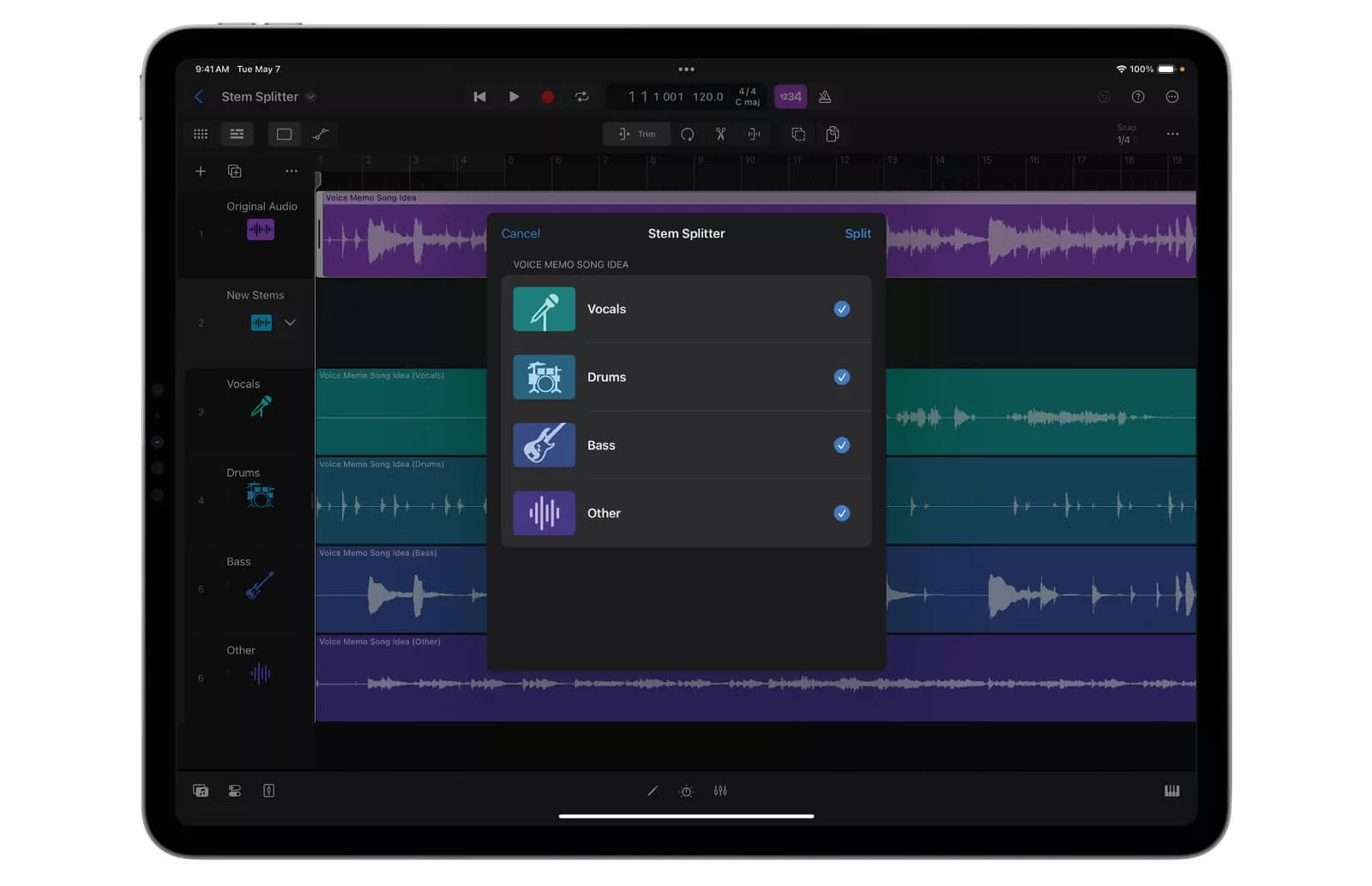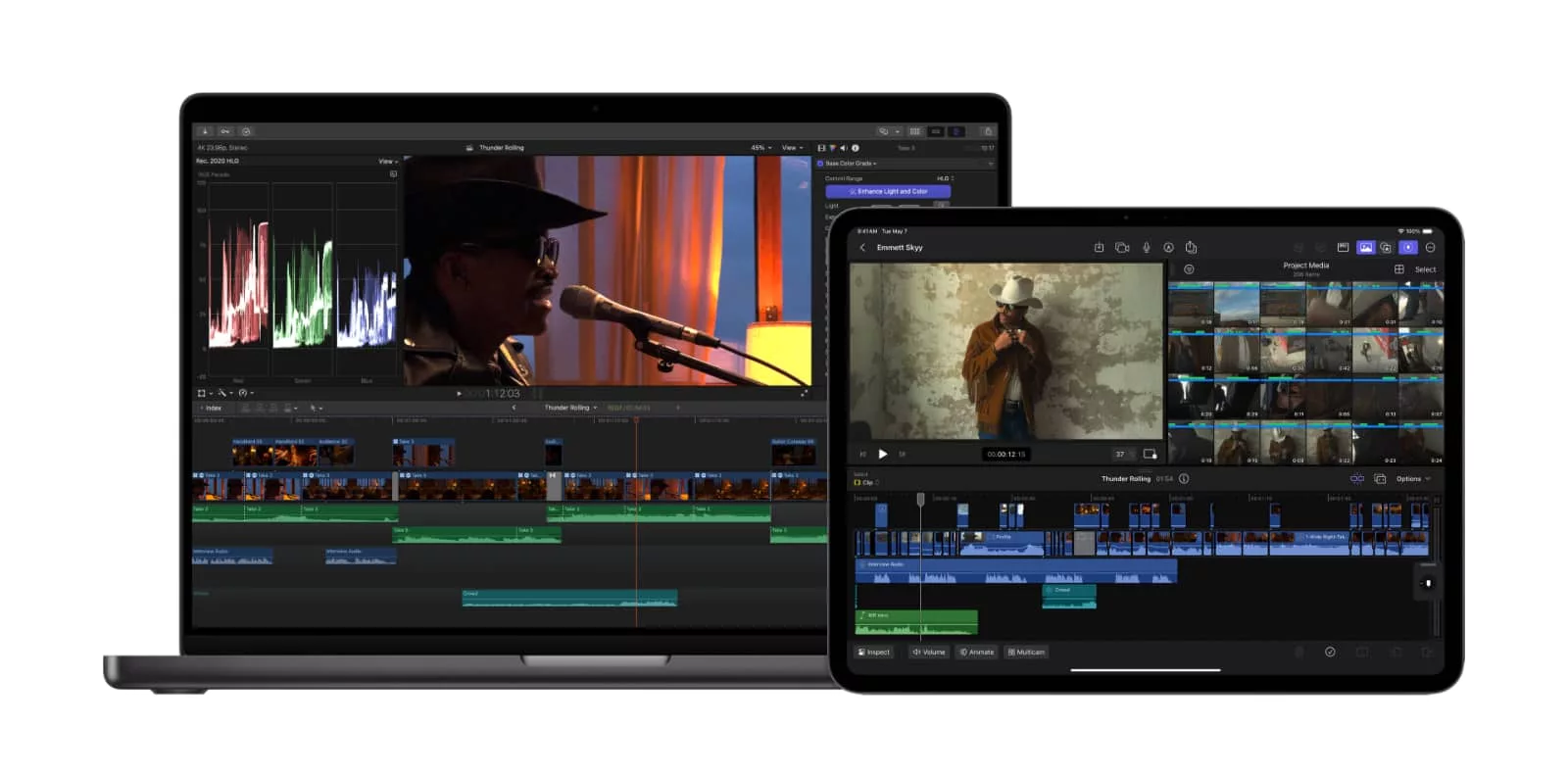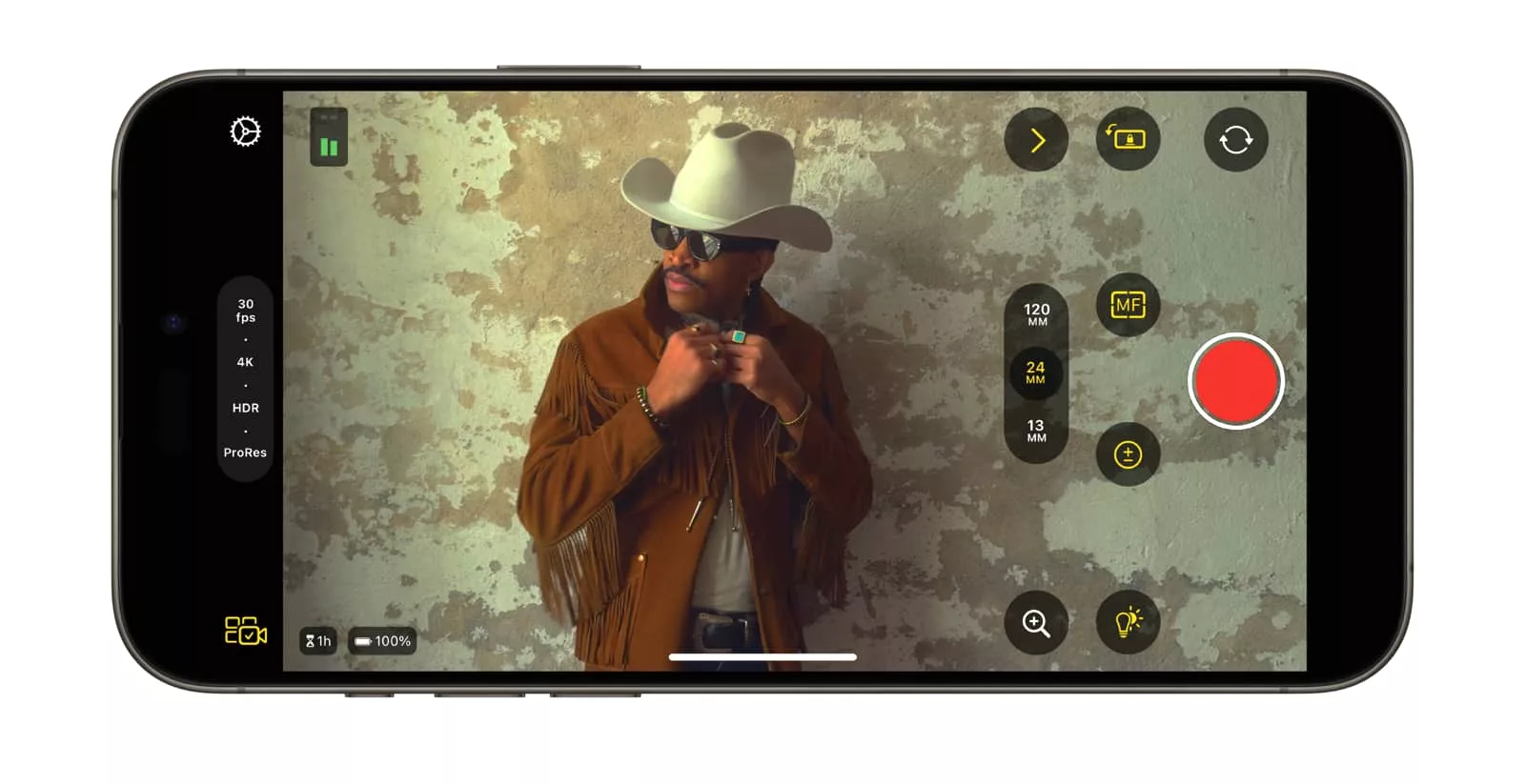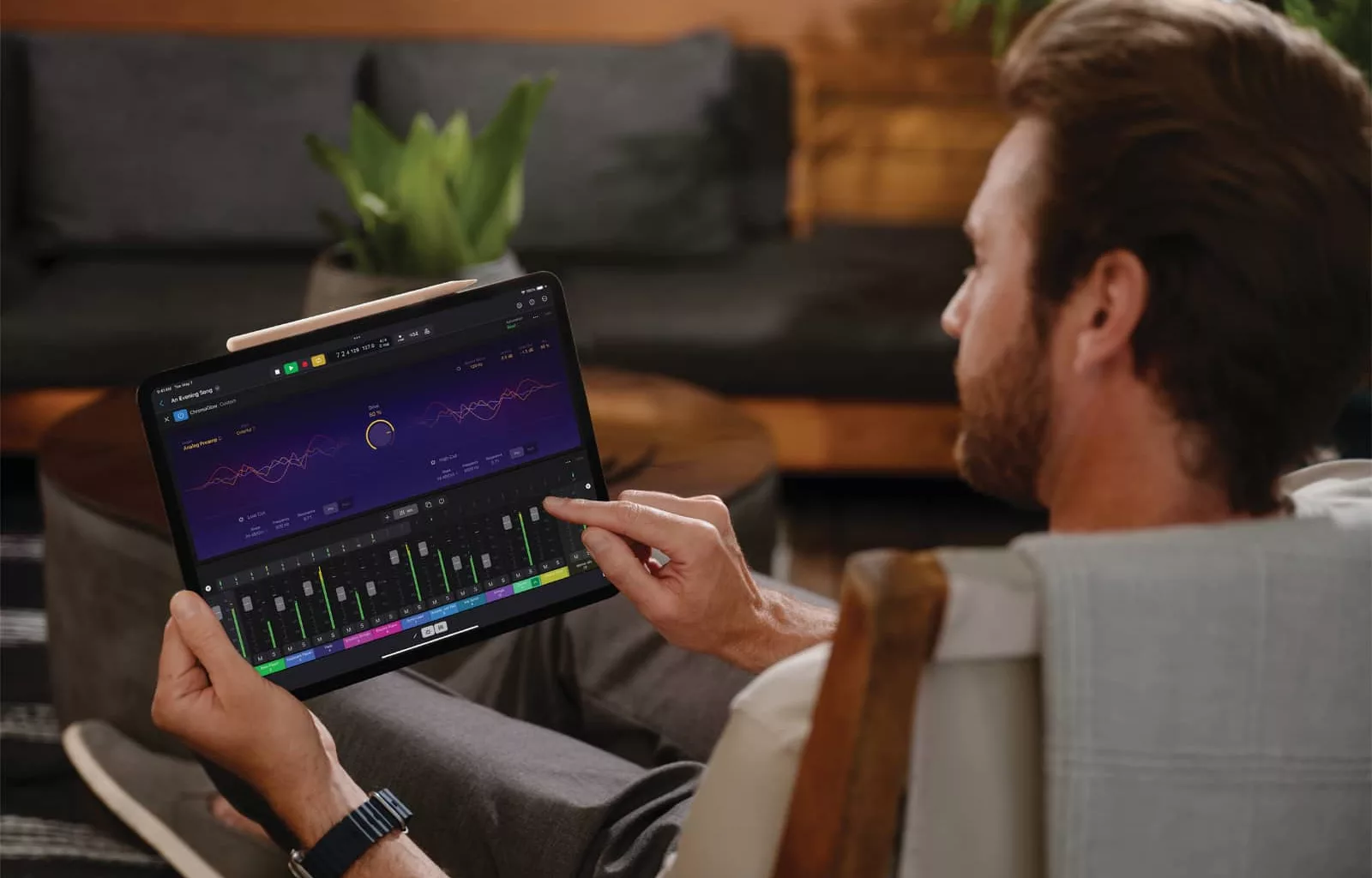A new iPad and chip wasn’t all Apple has in store, as two pieces of software gained improvements, too.
If you’re someone who loves spending their time editing audio or video, and you live in the Mac world, there’s a good chance you’ve dabbled or even simply heard of Apple’s contributions to both, Logic Pro and Final Cut Pro, respectively.
Each is a powerhouse in their own right, the former providing a digital audio workstation for music composition, mixing, audio editing, and general digital playing around, while the latter is a full system for editing videos for TV, film, or maybe just your own personal use.
Think of Logic Pro as the supersized version of GarageBand and Final Cut Pro the souped up edition of iMovie, charging money for each compared with GarageBand and iMovie’s cost of, well, owning an Apple iPad or Mac.
That’s rather the point, too: GarageBand and iMovie are free on the Mac and the iPad, and can also be found on the iPhone, as well. But up until last year, the same couldn’t be said about Logic or Final Cut.
All of this changed when Apple introduced both in 2023, giving the iPad some creative apps for folks to take on the road. A year later, they’re both seeing some interesting upgrades, with some of these features set to trickle to the Mac editions, as well.
First up, there’s Logic Pro, which will see AI additions to make music composition better and easier.
For instance, you’ll be able to use AI on M-series Macs and iPad models to split compiled audio into stems, which is the individual recording making up an instrument track rather than the compiled track. It means if you have a recording you’ve sung to over guitar, Logic Pro will be able to pull the two apart, hopefully giving you something to work with and mix into a larger work, if need be.

Moving on from there, Apple will use AI to create session musicians, an idea that’s intriguing and a little exciting.
The idea can see a digital drummer, bassist, and keyboard player added to music sessions so that you have the makings of a band playing along with you. It’s a little like AI music, except instead of scripting an entire song, you’re still creating something in the process and letting AI play with you, maybe even jam.
There’s still no word on Atmos and spatial audio mixing support on the iPad, however one other feature looks to impress in “ChromaGlow”, with a recreation of studio hardware to make sound more like it was produced in a studio, as opposed to simply on an iPad or Mac.

And that’s an important point to note, because these features will come to the iPad edition of Logic Pro (now Logic Pro for iPad 2), available for $7.99 monthly or $59 yearly, as well as arriving as an update to Logic Pro for Mac.
If you own Logic already, these features will just arrive on May 4 in Logic Pro 11, while new buyers will find it for $299.
Then there’s Final Cut Pro, which also gets new features for the iPad, as well.

That includes a new Multicam mode that can synchronise several iPhones and iPads using a new Final Cut Camera app to let you capture multiple angles at once. It’ll likely take a lot of storage, but it will mean several angles that can be edited quickly.
Final Cut Pro for iPad 2 also supports projects on external storage, handy given the iPad has a USB-C/Thunderbolt port at the bottom, as well as more colour grading, title controls, and some soundtracks to edit into portable video projects.
Like the Logic for iPad app, this one will see some of these features trickle to the Mac edition, with the desktop version getting improvements to slow-motion editing, colour grading, and other effects.
Both of these are a little further off, set to be available later this year for the iPad and Mac, while Final Cut Camera for the iPhone and iPad will be made available for free later in the year.







